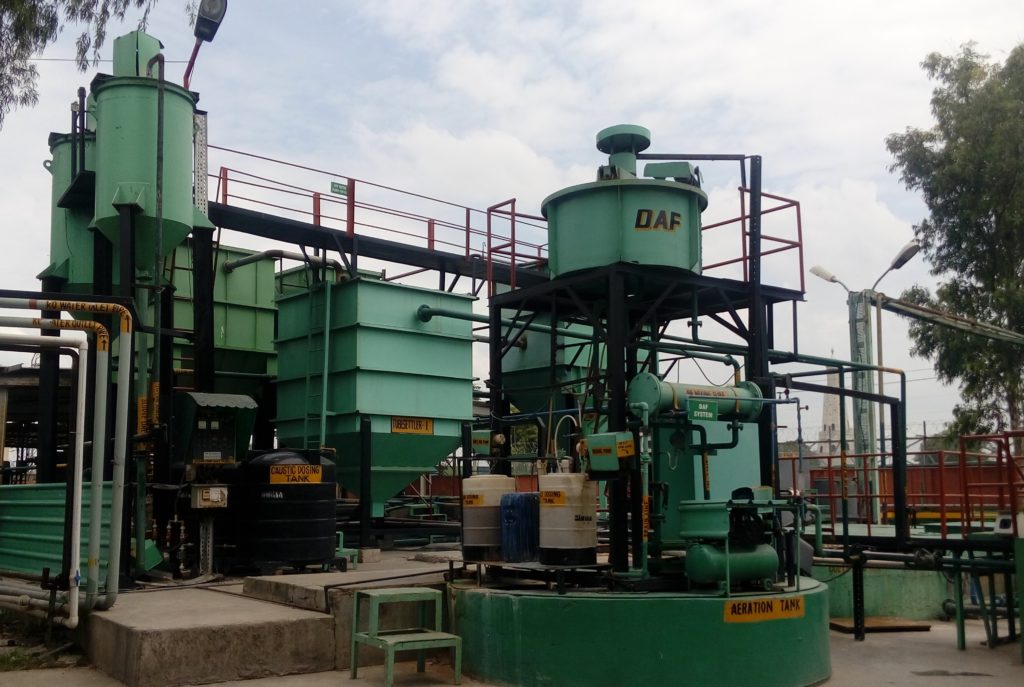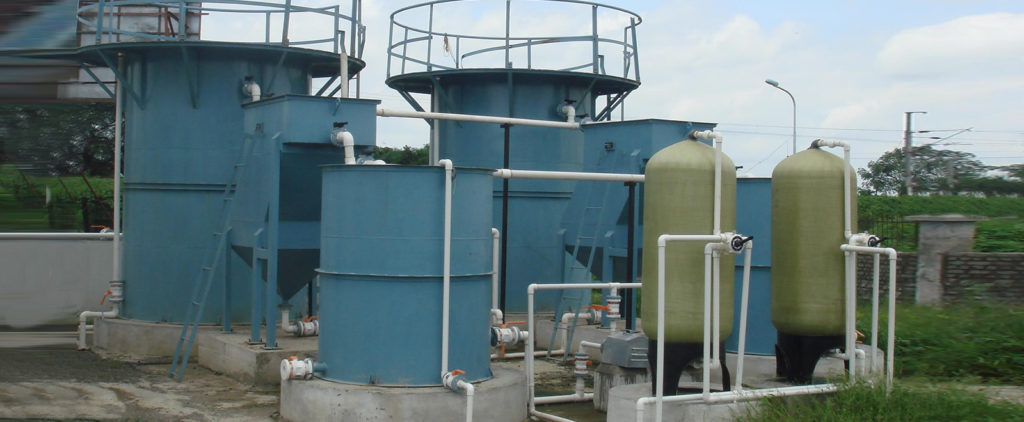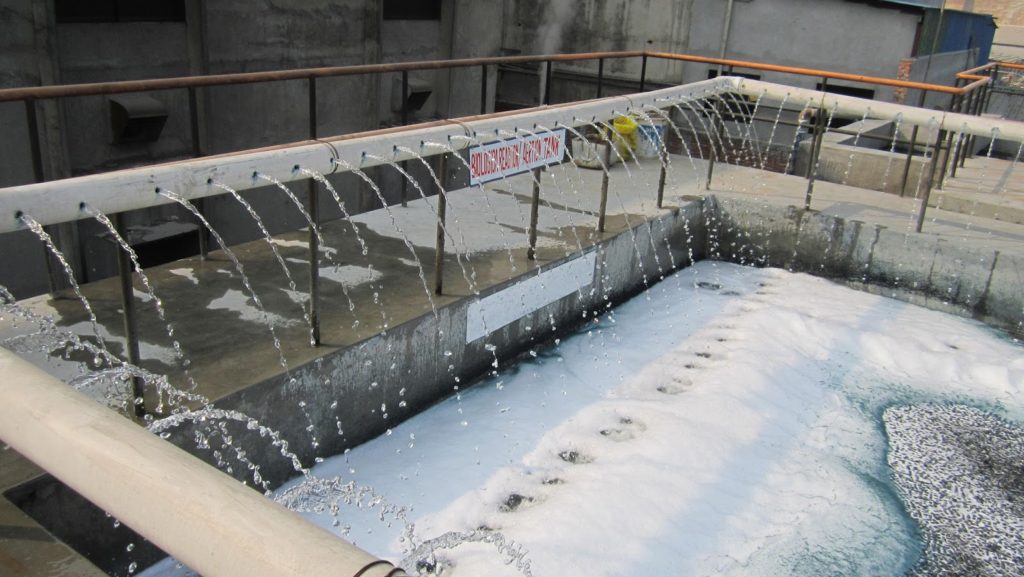Effluent Treatment Plants

Because domestic wastewater does not exhibit great variability in regard to its content of organic and inorganic materials, its treatment is generally similar throughout large regions. In contrast, the content of industrial effluents varies from one industry to another, and therefore requires varying treatment, based on the specific industry producing it. The specifications for releasing various types of industrial effluents into the public sewer network or to surface watercourses is not only determined by the concentration of biological oxygen demand (BOD), chemical oxygen demand (COD) and suspended solids, but also by the content of organic and inorganic elements, which vary from country to country. In general, therefore, selecting a treatment method for industrial effluents depends primarily on the following factors.
- Identifying the various pollutants present in the effluent
- Characterizing the effluent
- Regulating the sewers and separating the waste streams
- Selecting the treatment technology based on the different available physical, chemical or biological treatment capabilities

Technology Description
Industrial effluents (primarily from factories and plants) contain various materials, depending on the industry. Some effluents contain oils and grease, and some contain toxic materials (e.g., cyanide). Effluents from food and beverage factories contain degradable organic pollutants. Some effluents contain, while others lack, nutritious materials suitable for microbiological growth. Effluents of canned fruit and soda beverages, for example, contain high percentages of sugar, very low percentages of protein, and little nitrogen or phosphorus. Biological growth in these effluents, therefore, is rather weak. Thus, every industrial effluent (and pollutants) requires a specific treatment technology.
In order to design a suitable method for treating an industrial effluent, the following major parameters must be determined:
- Daily wastewater volume
- Maximum and minimum water discharges
- Chemical characteristics of the water used in the industry
- Continuous and intermittent manufacturing stages
- Intensity and periods of pollution peaks
- Possibility of separating waste streams
- Possibility to carry out local or partial treatment, or recycling
- Probability of secondary pollution incidents, even if slight or occasional, that can worsen treatment plant operation (appearance of glues, fibers, oils, sand, etc.

